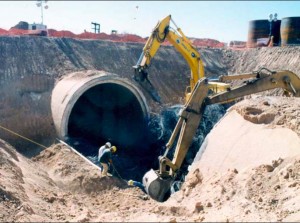A metaphor carries more cultural significance and greater meaning than first meets the eye. Casual acceptance and use of a metaphor reinforces the package of beliefs and values that come with it, even if we don’t realize that’s happening. Metaphor is, after all, more than mere simile. It’s one of the things that makes story so powerful that advertisers, politicians, and Hollywood moguls have ridden it to wealth and power for generations.

The metaphor used for science education is a pipeline. The term was chosen to represent a system that takes in students at one end and delivers fully-fledged scientists out the other. Most of the federally-funded education programs designed to increase the participation of women and minorities in science, technology, engineering, and mathematics – called the STEM fields — focus on figuring out (a) how to increase the numbers of students who come into the pipeline to begin with, and (b) how to keep them from “leaking” out of the pipeline before they are delivered to research institutions at the other end as degreed professionals. A number of federally-funded initiatives in STEM education therefore specifically aim to increase the numbers of Indigenous students who enter the STEM pipeline and to keep those in the pipeline already from quitting, failing, or changing their career field at any time before retirement.
Read more of this essay in the first issue of Tapestry Institute’s Occasional Paper Series, here.
